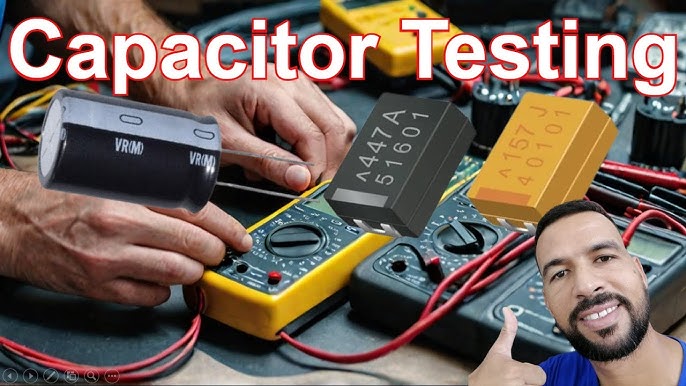Alright, so today I messed around with measuring MOSFET capacitance without any fancy gear. Started by grabbing junk from my workbench – found a basic power supply, crusty old function generator, and that $30 clearance oscilloscope I never thought I’d actually use. Pulled out a random MOSFET too, think it was an IRF540N from some broken amplifier.

Wiring This Mess Up
Hooked the function generator to a resistor I yanked from an LED strip – maybe 10k? Don’t remember exactly. Connected that to the MOSFET’s gate pin. Jumper-cabled the source straight to ground like the tutorials said. Left the drain floating since we only care about gate juice here. Nearly zapped myself twice trying to wedge probes into those tiny holes on my breadboard.
Scope Wrestling
Powered on the generator and set it to a square wave around 1kHz. Peered at the scope screen – just a flat line. Realized I forgot to ground the dang probe properly. Fixed that and finally saw the signal, but it looked like scrambled eggs. Tweaked the time division knob until that charging curve vaguely resembled a hockey stick. Measured where the voltage hit 63% of the max – took three tries ’cause my eyesight’s garbage.
Back-Of-Napkin Math
Noted the time constant from my wobbly trace – something like 100 microseconds. Grabbed a beer coaster and scribbled τ = R×C. My resistor measured 9.8k with the multimeter that always reads low. Did C = τ / R ≈ 0.0001 / 9800 ≈ 10 nanofarads. Checked a datasheet PDF on my phone later – turns out it was actually 12nF. Close enough for garage work!
Why Bother?
Kept at it ’cause last month I fried three MOSFETs in a motor controller. Suspected switching losses but had no clue how to verify. Now at least I can ballpark if a replacement part has wildly different gate juice before soldering it in. Still won’t trust this method for brain surgery projects, but for sniffing out total duds? Works with junk drawer parts.

